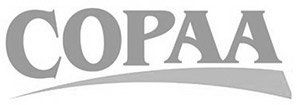Under The Individuals with Disabilities Education Act (IDEA) every child is entitled to a “free appropriate public education”. The IDEA is a law that ensures that children with disabilities get the services they require in school. According to the IDEA, a child with a disability refers to a child “(i) with mental retardation, hearing impairments (including deafness), speech or language impairments, visual impairments (including blindness), serious emotional disturbance (‘emotional disturbance’), orthopedic impairments, autism, traumatic brain injury, other health impairments, or specific learning disabilities; and (ii) who, by reason thereof, needs special education and related services.” I(A)(3)(A)(i)(ii).













